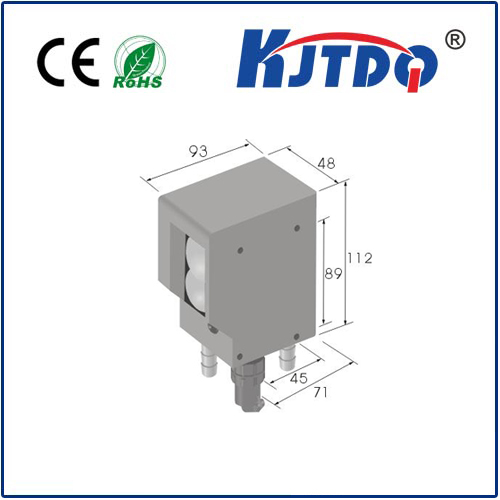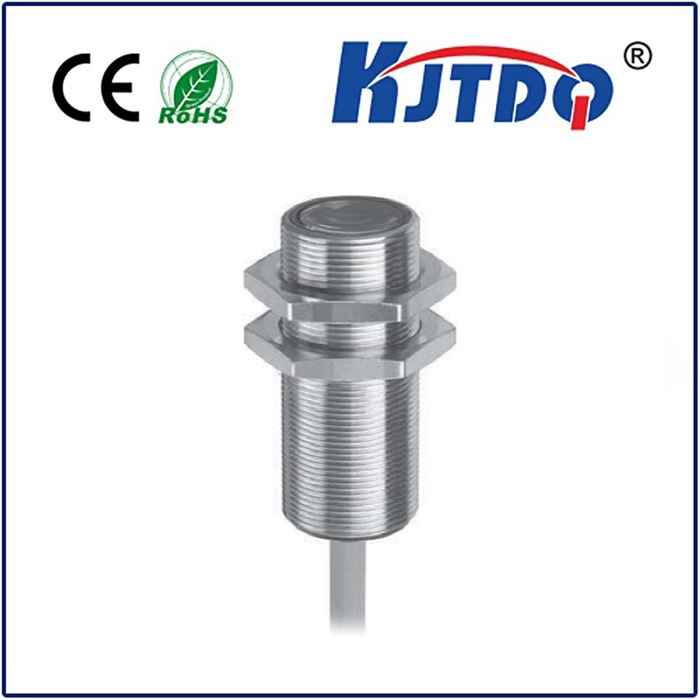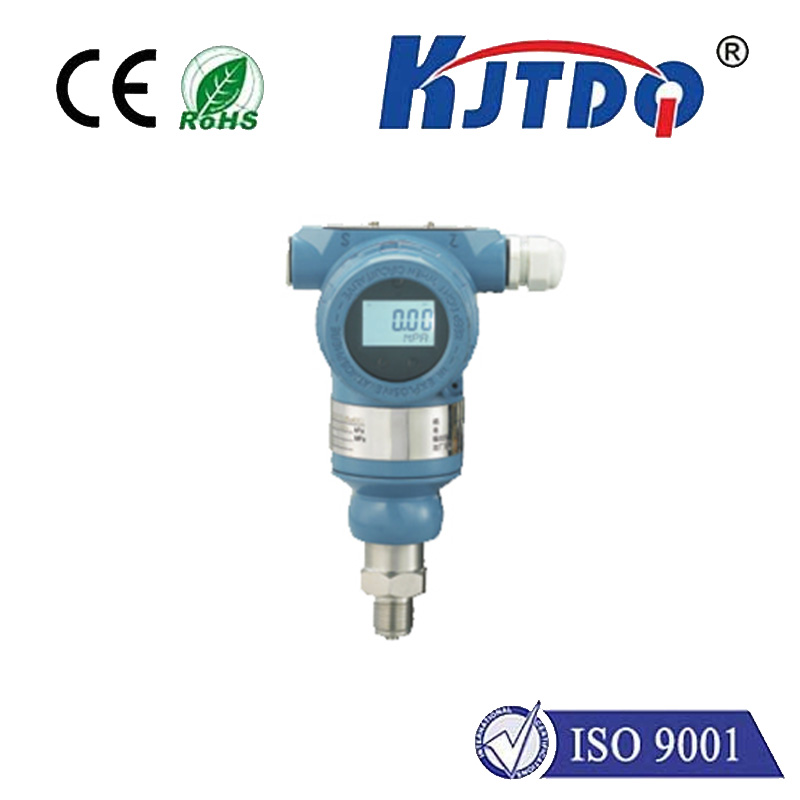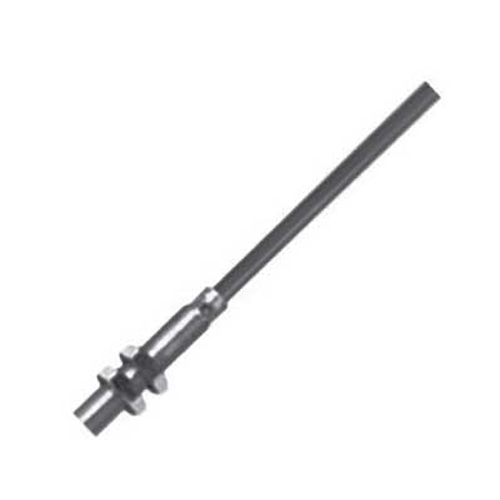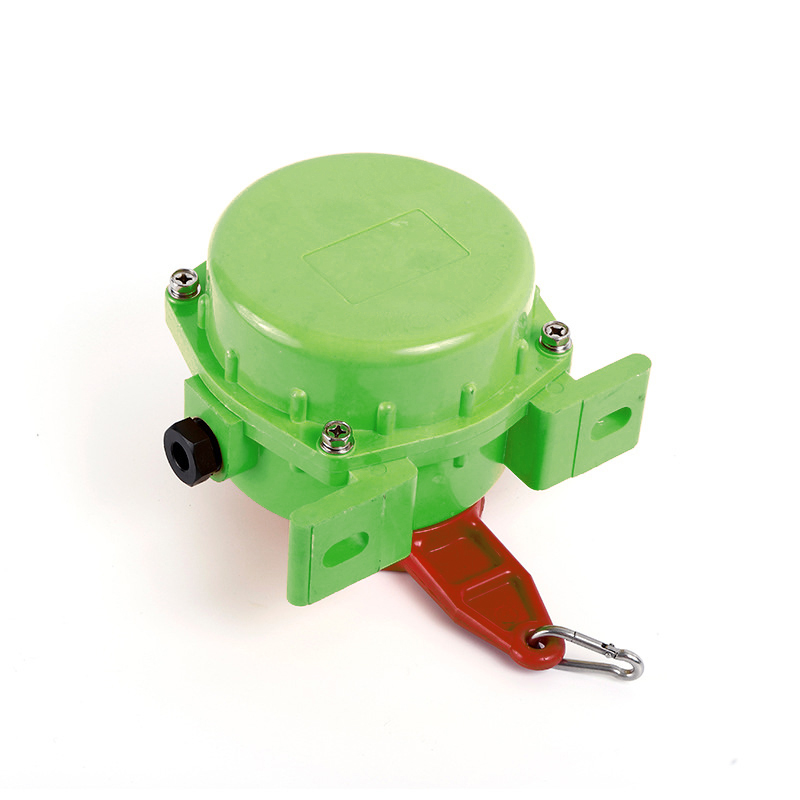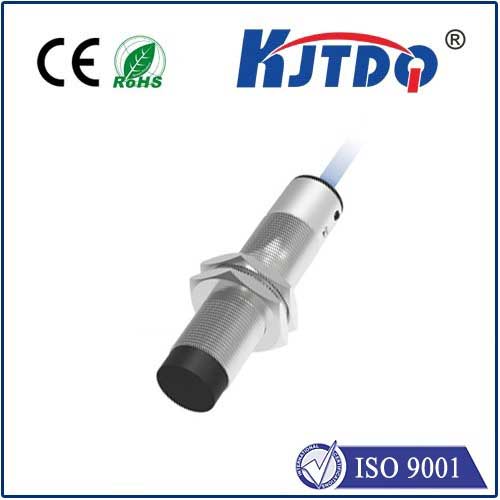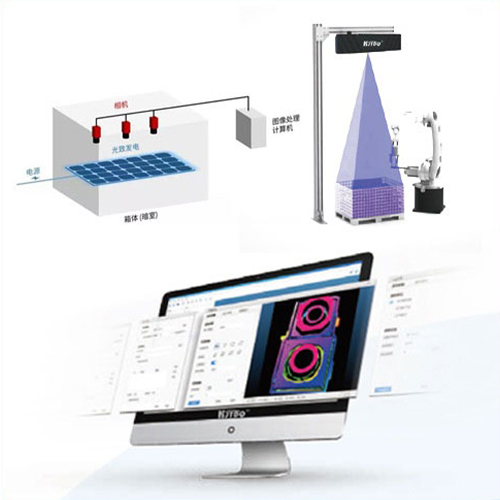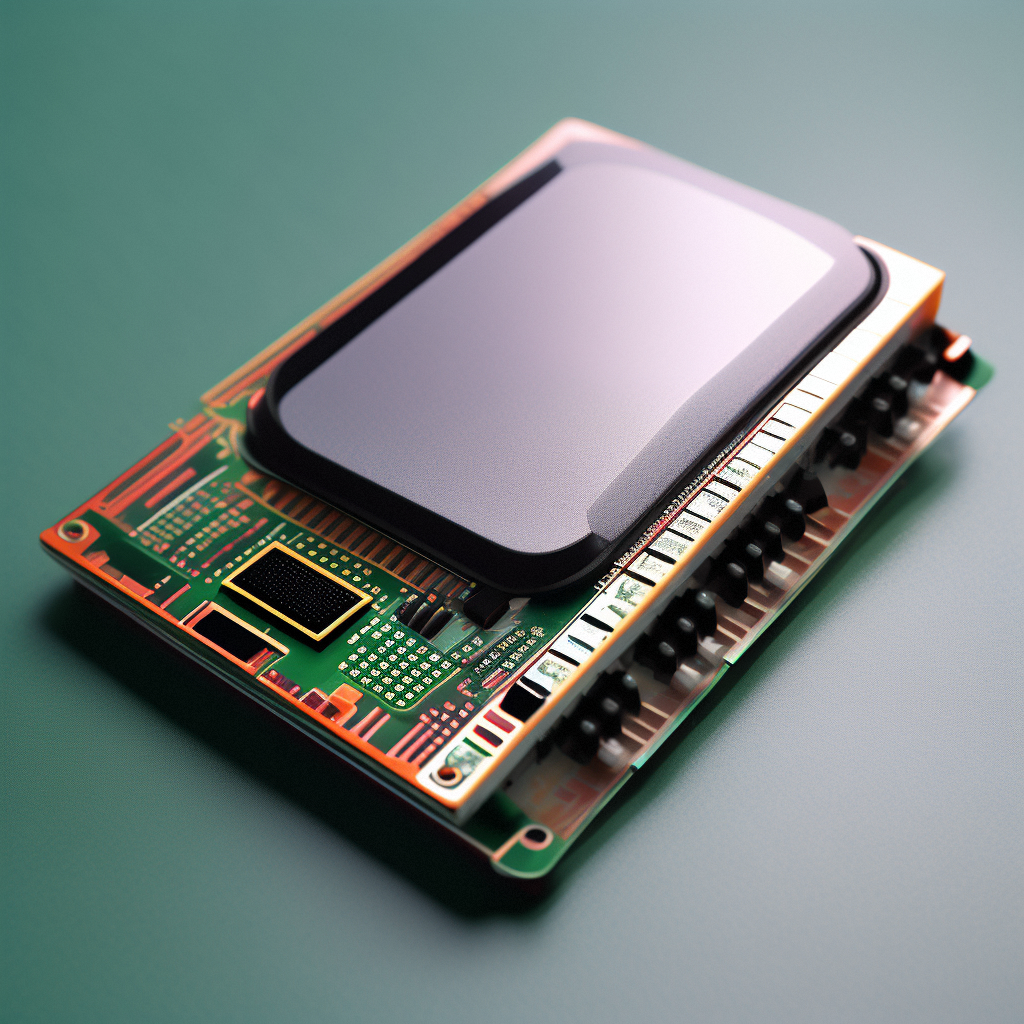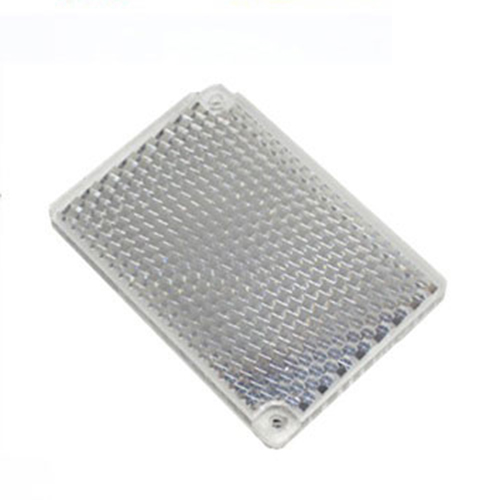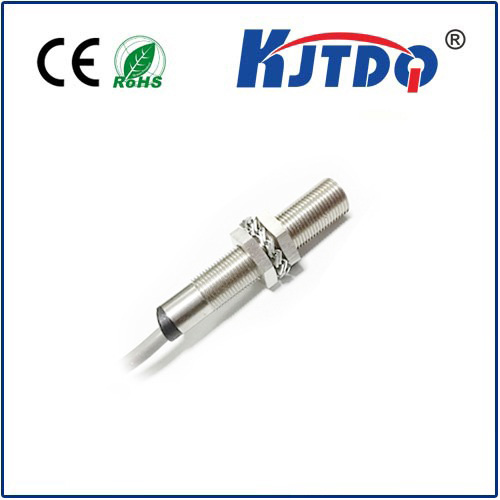датчик идеального сближения
- time:2025-07-09 02:35:06
- Нажмите:0
Crafting the Ideal Proximity Sensor: Beyond Basic Detection
Imagine a factory floor where robotic arms move with blinding speed, assembling intricate components. One missed position, one fraction of a degree off, and the entire process could halt, costing thousands. The unsung hero preventing this chaos? Often, it’s a proximity sensor. But not just any sensor – it’s the relentless consistency of the ideal proximity sensor that underpins modern automation. What defines this elusive ideal? It’s a fusion of unwavering reliability, robust resilience, and intelligent adaptability, performing flawlessly where others falter.
Understanding the Core: What Proximity Sensors Do
Proximity sensors are non-contact workhorses. They detect the presence or absence of an object (their “target”) within a defined range without physical touch. Common types include:
- Inductive Sensors: Detect metallic objects using an electromagnetic field. Rugged and reliable for industrial metal detection.
- Capacitive Sensors: Detect both metallic and non-metallic objects (plastics, liquids, wood) by measuring changes in capacitance. Versatile for diverse material handling.
- Photoelectric Sensors: Use light beams (visible or infrared) to detect objects over longer ranges. Excellent for clear object detection and level sensing.
- Ultrasonic Sensors: Emit sound waves and measure their echo to determine distance or presence. Effective in challenging environments with dust, mist, or varying surface properties.
The Hallmarks of the Ideal Proximity Sensor

Going beyond basic functionality, the датчик идеального сближения embodies a set of critical characteristics that elevate it from adequate to exceptional:
- Uncompromising Reliability: The bedrock requirement. An датчик идеального сближения delivers consistent, repeatable detection, cycle after cycle, year after year. It doesn’t suffer from “drift” (changing sensitivity over time) or false triggers. Downtime caused by sensor failure is anathema in high-speed production; reliability is non-negotiable. Think millions of operations without missing a beat.
- Robustness & Environmental Immunity: Industrial environments are harsh. Ideal proximity sensors are built to withstand significant shock and vibration, resisting physical damage from accidental impacts. Crucially, they offer contamination immunity. Whether it’s welding spatter, cutting fluid, oil, dust, or chips, the sensor’s housing and sensing face are designed to prevent buildup that could obscure detection or cause failure. МП67 and IP69K ingress protection ratings are often standard for truly robust performance.
- Stable Performance Across Variables: Temperature fluctuations? Voltage spikes? Electromagnetic interference (EMI) from nearby motors? An Идеальный датчик maintains its specified sensing range and switching characteristics despite these challenges. It features wide operating voltage ranges (e.g., 10-30V DC) and incorporates filtering to reject electrical noise, ensuring stable operation.
- Application-Optimized Features: One size rarely fits all. The Идеальный датчик often comes in variants specifically tailored:
- Shielded (Flush-Mountable): Can be embedded in metal without affecting performance, offering protection and space savings.
- Unshielded (Non-Flush): Provides a longer sensing range but requires free space around the sensing face.
- Factor 1 Capable: Certain индукционный датчик can detect all metals (ferrous and non-ferrous) at the same nominal range, simplifying application engineering and inventory.
- High-Temperature Variants: Designed for ovens, foundries, or engine compartments.
- Switching Accuracy & Repeatability: Precise positioning demands precision sensing. The датчик идеального сближения offers tight switching point tolerances and excellent repeatability (the ability to consistently detect at exactly the same point repeatedly). This is vital for tasks like robotic arm positioning or verifying part placement.
- Long Sensing Ranges: Maximizing the distance at which an object can be reliably detected provides flexibility in machine design and mounting, allowing sensors to be placed further away from potential hazards or moving parts. Inductive sensors might offer ranges up to 40mm or more for larger targets, while ultrasonic and photoelectric sensors extend much further.
- Durability & Long Service Life: Built with high-quality materials and construction, the ideal sensor resists wear and corrosion. The robust housing protects internal electronics, and gold-plated contacts ensure reliable electrical connection over millions of cycles.
- Smart Diagnostics & IIoT Readiness (The Future-Proof Ideal): Increasingly, the truly ideal proximity sensor incorporates intelligence. IO-Link communication is a game-changer, enabling:
- Remote configuration and parameter setting
- Real-time monitoring of operating status and health (e.g., temperature, signal strength)
- Predictive maintenance alerts before failure occurs
- Simplified wiring and reduced downtime for replacements
Decoding the Ideal Choice: Matching Sensor to Task
Selecting the датчик идеального сближения isn’t about finding the most expensive one; it’s about finding the perfect fit for the specific application. Key considerations include:
- Target Material: Metal? Plastic? Liquid? Glass? This dictates whether inductive, capacitive, photoelectric, or ultrasonic technology is best.
- Required Sensing Distance: How far away does the sensor need to detect? Factor in any mounting constraints.
- Environmental Conditions: Temperature extremes? Presence of liquids, dust, oils, chemicals? Shock/vibration levels? EMI sources? Define the operating envelope.
- Mounting Constraints: Space limitations? Need for flush mounting?
- Output Requirements: Discrete switching (PNP/NPN)? Analog output for distance measurement? IO-Link communication?
- Speed & Precision: Required switching frequency? Critical repeatability tolerance?
- Regulatory Requirements: Specific approvals needed (e.g., ATEX for hazardous areas, food-grade certifications)?
The Indispensable Role: Where the Ideal Sensor Shines
Ideal proximity sensors are the silent guardians of countless systems:
- Промышленная автоматизация: Machine guarding, object counting, position verification, end-of-travel detection on cylinders, robotic guidance.
- Automotive Manufacturing: Precise part positioning, weld gun positioning, fluid level control, assembly verification.
- Packaging & Material Handling: Bottle/can detection, label presence, conveyor jam detection, stack height control.
- Food & Beverage: Detecting containers, fill level control (capacitive sensors for liquids), conveyor monitoring.
- Consumer Electronics: Detecting lids or covers, position sensing in printers, tamper detection.
The Pursuit of Perfection is Continuous
While we can define the characteristics of the датчик идеального сближения, technology relentlessly evolves. Miniaturization pushes boundaries, allowing sensors in ever-tighter spaces. Enhanced materials science improves resistance to even more aggressive chemicals and temperatures. The integration of advanced diagnostics and seamless connectivity like IO-Link is rapidly becoming a defining feature, transforming sensors from simple switches into valuable data sources.
Ultimately, the “ideal proximity sensor” is a concept constantly refined by application demands. It’s a sensor chosen not just because it works, but because it works unfailingly well in the specific, often demanding, context of its deployment, becoming a fundamental cornerstone of reliable, efficient, and intelligent automation. Choosing one means investing in the smooth, uninterrupted operation that modern industry depends on.

